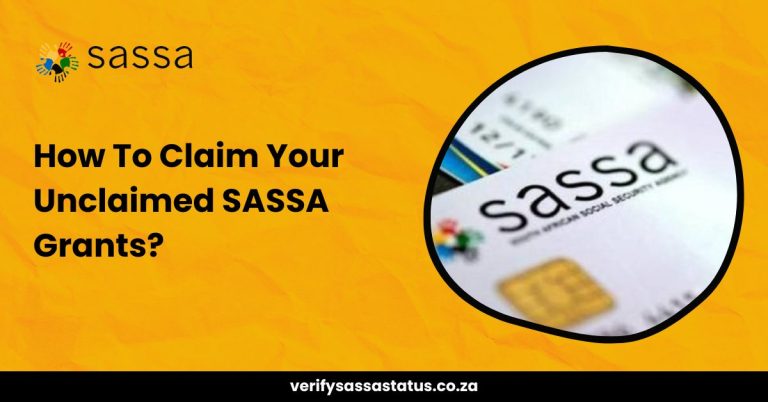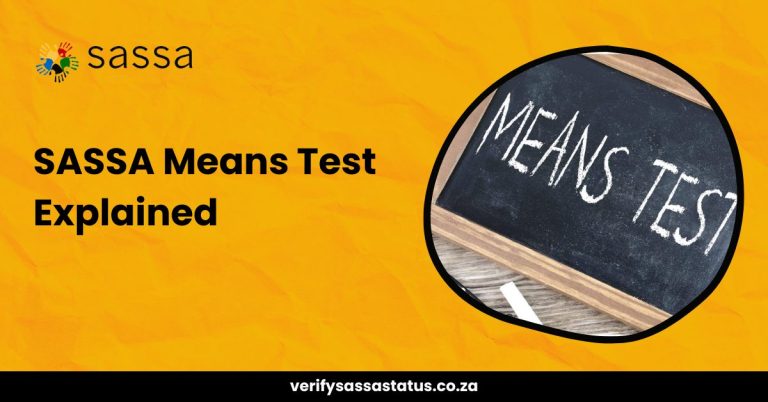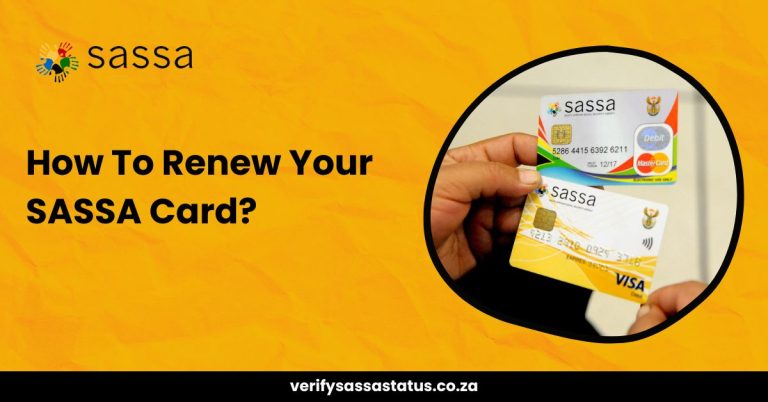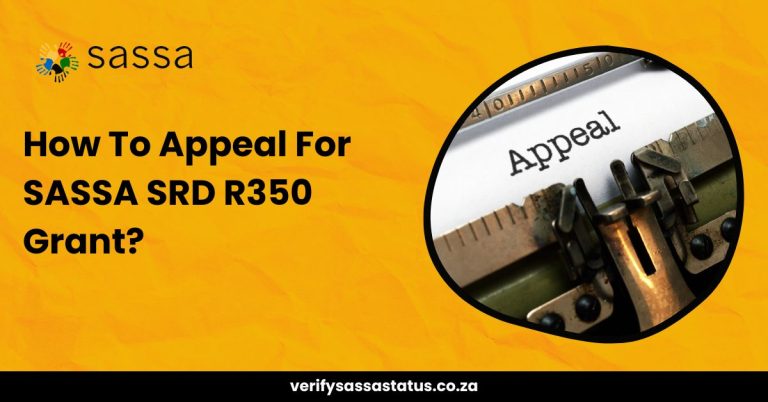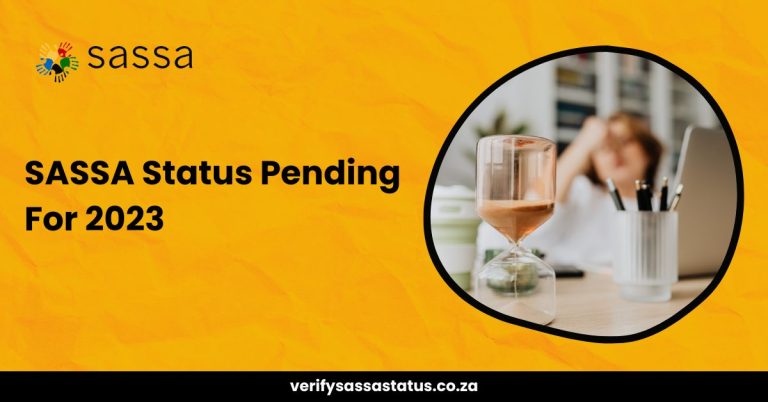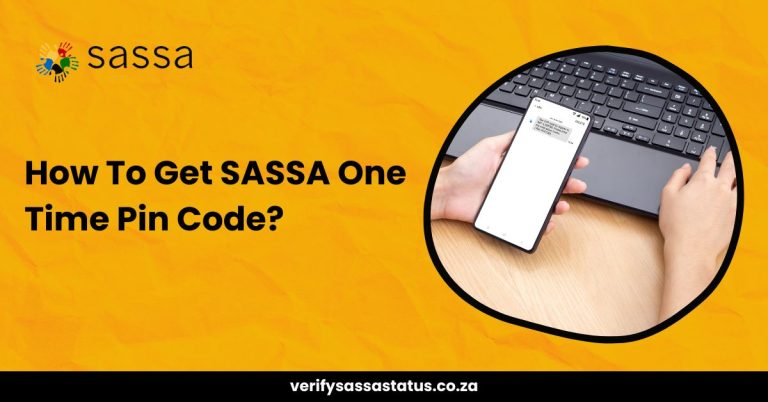What SASSA Referred Status Means in SRD R350 Grant?
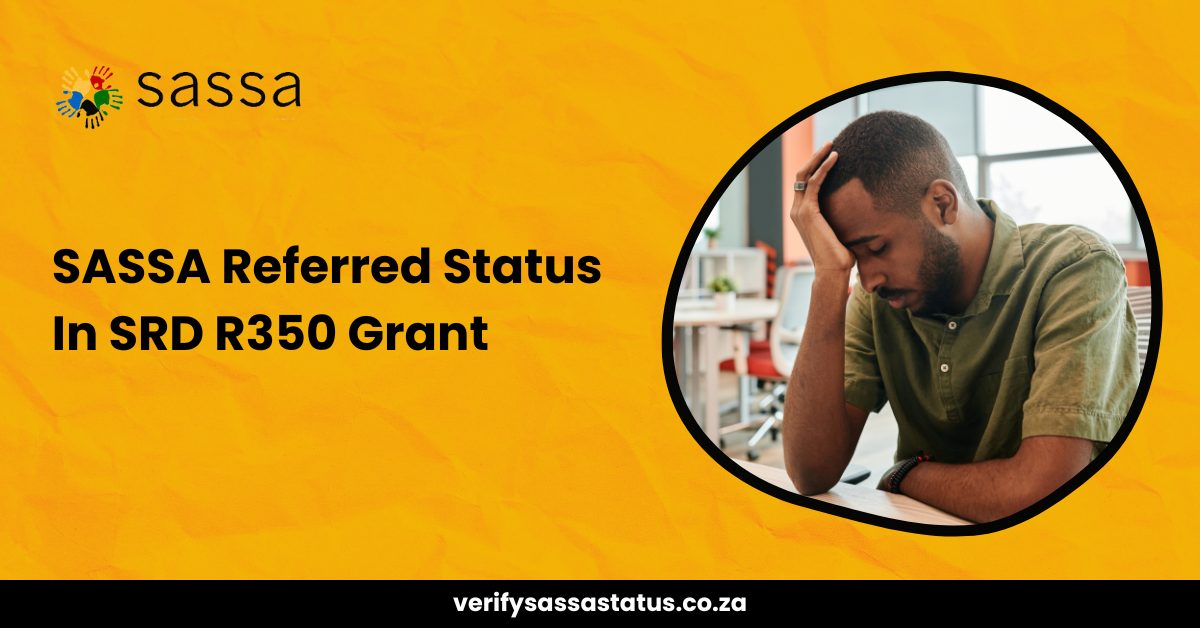
If you’ve found yourself caught in the web of uncertainty surrounding the SASSA Referred Status in the SRD R350 Grant, you’re not alone. Thousands of South Africans are grappling with the frustration and confusion that comes with this enigmatic status. But fear not, as we embark on a journey to unravel the mysteries behind this seemingly elusive term.
In this article, we will delve into the intricacies of what it means to have a SASSA Referred Status, demystify its implications for those seeking financial assistance through the SRD R350 Grant, and provide clarity on how individuals can navigate through this perplexing process.
Understanding SASSA Referred Status
The SASSA Referred Status is not a final judgment on your application; rather, it’s a crucial checkpoint in the agency’s meticulous evaluation process. This status can apply to various social grants, including Disability, Care Dependency, Children’s Grant, Old Age Grant, and the widely sought-after Social Relief of Distress R350.
When your application is labeled as “Referred,” it signifies it’s undergoing additional scrutiny. This extended review period is in place to ensure the utmost accuracy and eligibility of the applicant before the final decision is reached.
Reasons Behind a Referred Application
SASSA takes approximately 90 days to scrutinize each application thoroughly. This involves a meticulous examination of your financial information to determine your eligibility for the grant. If, during this process, certain flags are raised, your application status is marked as “Referred.” Let’s delve into the specific reasons that might lead to this status.
1. ID Document Matches Other Databases
One of the reasons your application may be referred is if your ID number and name match records in databases such as NSFAS, SARS, UIF, or other government institutions in South Africa. This cross-verification is part of SASSA’s commitment to ensuring the integrity and accuracy of the information provided.
2. Documentation Issues
Another common cause for referral is the presence of missing or incorrect documents in your grant application. This could indicate a lack of essential paperwork needed for a thorough evaluation. In such cases, applicants are usually notified to update their application with the correct information to complete the documentation.
3. Missing Contact Information
Your application might be flagged as “Referred” if it lacks essential contact information such as an email address or phone number. To rectify this, updating your personal information in the SASSA application with the correct contact details becomes imperative.
4. Suspected Fraud Activity
If you’ve reported a lost SASSA card, a registered cell phone number, or unauthorized access to your grant, SASSA will initiate inquiries into potential fraudulent activity. This triggers further investigations to verify the information provided until suspicions are either confirmed or cleared.
5. Duplicate Applications
Submitting multiple applications for the same grant or for different grants can lead to the “Referred” status. In such instances, the grant will be rejected, and applicants will receive a notice when their status changes from referred to ensure fairness within the SASSA system.
What to Do If Your Application Is Referred
Encountering a “Referred” status can understandably induce concern, but it’s crucial to understand that this is not the end of the road for your application. Taking the right steps can make a significant difference in the reconsideration and approval of your grant. Here’s a step-by-step guide on what to do if your application is referred:
1. Contact SASSA for Clarification
The first and most crucial step is to reach out to SASSA for clarification. Contact them through their toll-free number at 0800 60 10 11 or via WhatsApp at 0820 468 553. Initiating communication is vital to understanding the specific reason behind the referral and what actions are required to address it.
2. Provide Verification Details
When contacting SASSA, be prepared to provide verification details. You will likely be asked for your ID number and phone number to confirm your identity. Additionally, having your Application ID on hand will expedite the process and allow for a more efficient resolution of any doubts or concerns.
3. Update Missing or Incorrect Information
If the referral is due to missing or incorrect information in your application, make sure to rectify this promptly. SASSA may guide you on the specific details that need attention, whether it’s related to documentation, contact information, or other essential data.
4. Address Fraud Suspicions
If the referral is linked to suspected fraud activity, cooperate fully with SASSA’s investigations. Providing accurate and truthful information during this process is crucial. Once the suspicion is cleared, your application can progress towards approval.
5. Rectify Duplicate Applications
If the “Referred” status is a result of submitting multiple applications, understand the reasons behind it. Rectify any unintentional errors and await further instructions from SASSA regarding the status change and the subsequent steps needed to ensure justice within the system.
How SASSA Reviews Applications
Understanding the inner workings of SASSA’s application review process can provide valuable insights into why your application might be marked as “Referred.” Here’s a closer look at how SASSA conducts its evaluations over the 90 days:
1. Thorough Financial Check
SASSA meticulously examines your financial information to determine your eligibility for the grant. This involves scrutinizing various aspects, including income, expenses, and overall financial standing.
2. Cross-verification with Databases
To ensure the accuracy of the information provided, SASSA cross-verifies ID numbers and names with records in databases maintained by institutions such as NSFAS, SARS, UIF, and other government bodies.
3. Notification for Documentation Updates
If discrepancies or missing documents are identified during the review, applicants are promptly notified. This allows them to update their application with the correct information and complete the necessary documentation.
4. Addressing Contact Information Issues
Contact information is a vital aspect of the application process. Missing or incorrect email addresses and phone numbers can lead to a “Referred” status. Applicants are urged to update their personal information promptly to ensure effective communication.
5. Fraud Detection Measures
SASSA is vigilant in detecting potential fraud activities. Reports of lost SASSA cards, registered cell phone numbers, or unauthorized access trigger investigations to verify the provided information and maintain the integrity of the system.
The Bottom Line
Encountering a “Referred” status in your SASSA application is not the end of the road; rather, it’s a checkpoint necessitated by the agency’s commitment to accuracy and fairness. By understanding the reasons behind the referral and taking proactive steps to address them, applicants can navigate the process more effectively.
The provided toll-free number and WhatsApp contact details serve as lifelines for applicants, facilitating communication with SASSA

